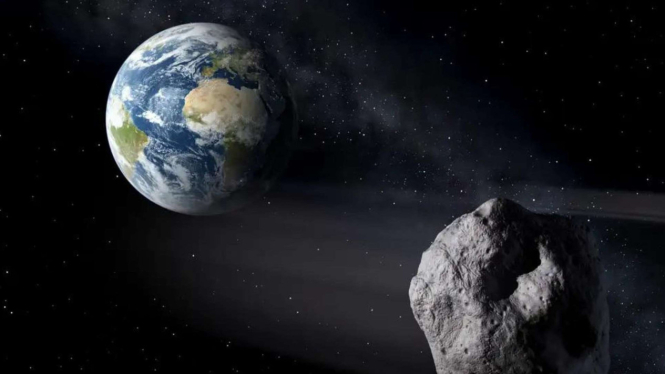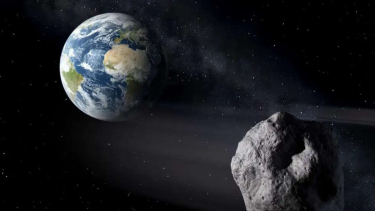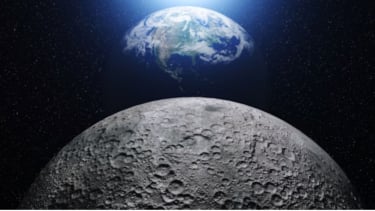- Business Insider
VIVA – Scientists have discovered that a space rock, named 2023 FW13 earlier believed to be following Earth for at least two millennia is actually orbiting the Sun, which makes this stalking asteroid a quasi-moon.
The asteroid was first spotted in March by the Pan-STARRS observatory in Hawaii. The orbiting path of the asteroid is the same as Earth, making it a fake moon.
However, the trailing asteroid is actually orbiting the sun, the space news website Sky & Telescope reported. The asteroid is traveling at roughly the same path and speed as our planet.
"Earth basically plays no role in its movement," Alan Harris, a scientist specializing in near-Earth objects at the Space Science Institute, told Sky & Telescope.
Bumi
- 1471169
"(It is) in no way associated with Earth other than by chance," he said.
That is what earned FW13 2023 the nickname "pseudo-moon", or "false moon".
Usually a false moon follows the Earth for decades, but this time is different. From the data scientists have collected about its orbit, astronomers estimate that this asteroid has been around Earth since 100 BC, the year Julius Caesar was born.
According to Space.com, other telescopes have confirmed the asteroid's existence, and the Minor Planet Center at the International Astronomical Union officially listed it as a known object in April.
That's when French astronomer and journalist Adrien Coffinet first reported the discovery.
The asteroid is about 20 meters long, about the size of a semi-truck, and is about 9 million miles from Earth at the closest point of its trajectory. For reference, the moon, which we all know, is about 238,855 miles away. However, it is unlikely to hit the Earth, Harris said.
"The good news is that such an orbit does not result in a 'sudden' collision trajectory," he said.
This is not the first extra moon for Earth. In 2016, the Pan-STARRS observatory discovered a hidden rocky satellite that may be a fragment of the moon, a large satellite that we can see in the sky. For now, the Moon is the only moon that matters to our lives on Earth.































